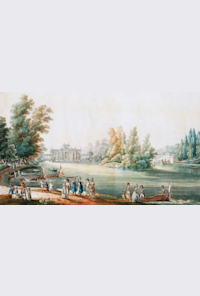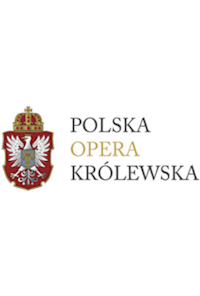

Haendel – Porpora / Muzyka Sakralna
Partaja
Polska Opera Królewska (2023)
În rolurile principale:
Informații de la organizația de arte (verificată de Operabase)
Haendel – Porpora / Muzyka Sakralna by Händel, Porpora, Sâm 10 Iun. 2023, De la (2023/2023), Dirijor Krzysztof Garstka, Muzeum Łazienki Królewskie, Warsaw, Poland
Vizualizarea distribuției și echipajului pentru 10 Iun. 2023
Selectați LucruConcerto Grosso in A minor, HWV 322, Händel
Producător
Conductor
Ansamblu
Aflați mai multe despre munca muzicală
